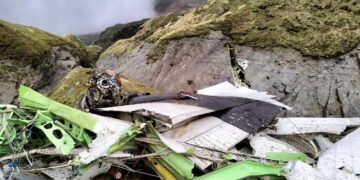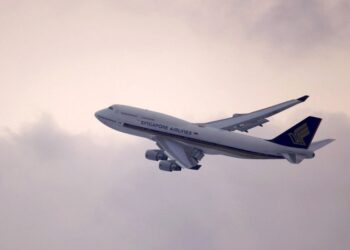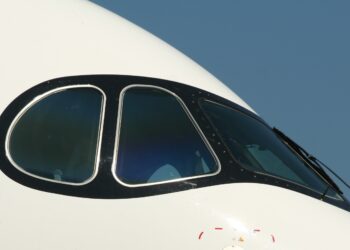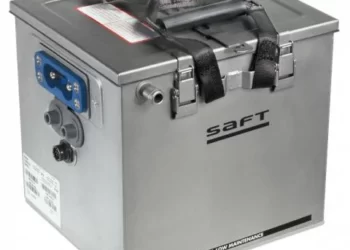Most airplanes aren’t designed with a flat, smooth tail. If you inspect the tail on a typical commercial jet, you’ll discover several different adjustable components, including elevators. Most airplanes have at least two elevators on their tail. From inside the cockpit, pilots can control the elevators to raise or lower them. What are tail elevators on airplanes exactly, and what purpose do they serve?
Overview of Tail Elevators
Also known as elevator tabs, tail elevators are flight control components found on the tail of an airplane. The tail, of course, is the structural assembly located on the rear of an airplane. Tails consist of stabilizer fins, rudders and elevators. There are two stabilizer fins that extend horizontally in opposite directions. On the top of each stabilizer fin is an elevator.
Tail elevators are essentially thin horizontal flaps that are connected to an airplane’s tail. Pilots can raise or lower them to adjust the airplane’s pitch. In other words, tail elevators can move up or down, which in turn allows the plane to move and down.
How Tail Elevators Work
Although they sound complex, tail elevators work using a simple method of operation. NASA explains that tail elevators essentially change the airfoil’s shape. They redirect air as it flows over the airplane’s tail while subsequently changing the airplane’s pitch. When the tail elevators are pointed down, the airplane will fly up. When the tail elevators are pointed up, on the other hand, the airplane will fly down.
Tail elevators are often confused for stabilizers. Most airplanes have stabilizers as well, but stabilizers serve a different purpose. Stabilizers are designed to stabilize airplanes so that their pitch doesn’t change. In comparison, elevators are designed to control the pitch. Only tail elevators allow pilots to control the pitch. Pilots can control the pitch of an airplane by engaging the stabilizers. Stabilizers are simply used to stabilize the pitch, not change it.
In Conclusion
When most people hear the word “elevator,” they envision a traditional elevator in a multi-story building. While that’s certainly one type of elevator, another type is a flight control component. Airplanes are designed with tail elevators that allow pilots to control the airplane’s pitch. Pilots can raise or lower the tail elevators. In response, the airplane’s pitch will adjust accordingly. Hopefully, this gives you a better understanding of tail elevators and how they work in airplanes.



















